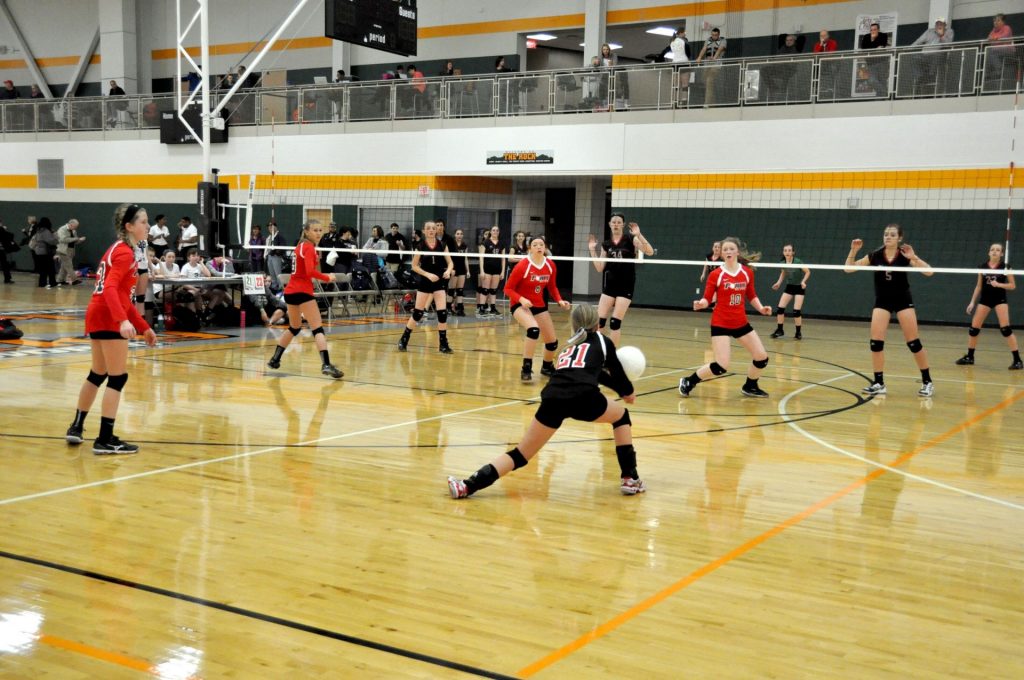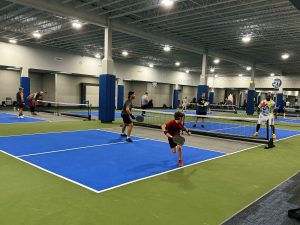The 9-Step process for taking your sports or community recreation center idea from vision to reality.
Standing between your vision and the reality of a community-defining facility is a plan that encompasses every part of facility development. Here’s the nine-step framework that has guided some of the most celebrated facilities from concept to concrete to opening day and beyond:
- Early Concept Development: The first step in creating the next great sports or recreation facility is having a vision. To develop the idea into a refined concept, you must discover the “why” behind your vision. Do you want to build a facility to bolster economic impact, drive revenue, or increase access to fitness? Your “why” establishes how the market should be examined to determine if there’s a path forward for your idea. Market research to be conducted at this stage includes a local demand assessment, a competitive analysis, development and startup cost estimates, and preliminary cash flow forecasts, among other decision-making data.
- Concept Validation: To transform a concept into a fundable project, it must be vetted for financing and market feasibility through real-world data of comparable facilities and communities. This process defines ROI for the potential investment and should include an analysis of financial and operational data from other projects. Adjustments may be made to the initial concept and a fundable model will be developed.
- Funding and Partnership Development: The keys to attracting investors, funding partners, or community support is providing the most accurate information about the project’s potential for success and approaching potential partners with the opportunity that best fits their interests. Presenting third party validated data is an important part of accomplishing this goal as is tools such as financial forecasts, economic impact reports, site selection information, preliminary facility design, and finance plans.
- Owner’s Representation: Facility construction is a complex process and mistakes can have a long-term impact on the development. Having an owner’s representation in the construction process mitigates risk by having someone with facility operator experience represent your interests throughout the project.
- Venue Planning: The goal is to create a facility that is operationally efficient, meets the project’s unique goals, and is in-line with the financial forecast. Venue planning mitigates the risk in the design process by using facility operator experience to ensure that the design matches the project plan. This includes making sure that the sport compliance rules as well as the spectator, athletic, or event requirements are accounted for. It also ensures that value engineering doesn’t reduce facility’s ability to meet its goals.
- FF&E/OS&E Procurement: A crucial component in facility construction is procuring specialty surfaces, furnishings, fixtures, and athletic equipment (FF&E) as well as operating supplies and equipment (OS&E). Having a team with operator experience in sports, recreation, and event facilities provides a cost savings during the construction process because they understand the equipment and operational best practices needed to create a facility that’s ran efficiently and provides a great guest experienced.
- Operational Development: With the goal of opening on time, on budget, and on brand, the start-up operational development process includes recruiting, hiring, and training staff, branding and marketing plan development, and HR, legal, risk, finance, maintenance system implementation. This process mitigate risk and sets up the facility for achieving ROI.
- Daily Operations: Daily operational processes, marketing, branding, and business development strategies, and legal and financial procedures are all a part of maintaining a sports or recreation facility that meets its financial forecast. Outsourcing facility management is great for facility owners because it reduces costs, improve performance, and reduces risk of the venue not meeting the financial forecast.
- Optimization: Optimization is a comprehensive evaluation of all components of facility operations. It may focus on a variety of items, including organizational structure, operational systems, program development, marketing strategy, financials, and the physical facility in order to increase performance and return on investment.
At the Sports Facilities Companies, we have resources and expertise to guide you at every step of facility planning, funding, development and operations. We are truly with you at every step and every stage. To discuss your sports, community recreation, or event facility concept, contact us today at 727-474-3845.






